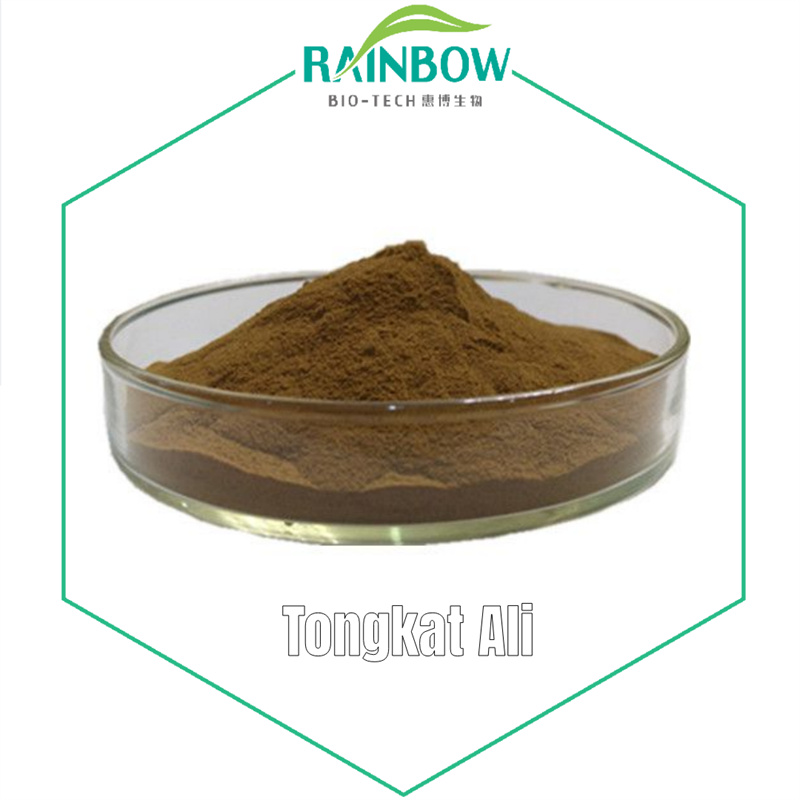
Products
Pure Hesperidin M.C 98% Enhance your skincare
Description
| Latin Name: | C.aurantium L. |
| CAS No.: | 24292-52-2 |
| Appearance | Yellow Fine powder |
| Odor | Characteristic |
| Taste | Slight bitter taste |
| Identification(A.B) | Positive |
|
Solubility |
Freely soluble in water, soluble in ethanol and methanol. Slightly soluble in ethyl acetate. Aqueous solution (10%) is clear and transparent with an orange-yellow to yellowish color |
| Assay | 90%~100.5% |
What is hesperidin methyl chalcone?
Hesperidin methyl chalcone (HMC) is a modified form of hesperidin, a flavonoid found in citrus fruits. HMC is derived from hesperidin through a process called methylation, where a methyl group is added to the hesperidin molecule.
Hesperidin methyl chalcone is often used in dietary supplements and skincare products for its potential health benefits. It is believed to have antioxidant and anti-inflammatory properties, which can help protect cells from damage caused by free radicals and reduce inflammation in the body.
Some potential uses of hesperidin methyl chalcone include:
Improving circulation: HMC has been studied for its potential benefits in promoting healthy blood vessel function and improving blood flow.
Supporting eye health: Hesperidin methyl chalcone may have protective effects on the blood vessels in the eyes and could potentially help with conditions such as diabetic retinopathy or macular degeneration.
Reducing leg swelling: HMC has been investigated for its potential to reduce swelling and improve symptoms associated with chronic venous insufficiency, a condition that affects blood flow in the legs.
Skincare: Hesperidin methyl chalcone is also used in some skincare products due to its antioxidant properties. It may help protect the skin from oxidative damage and inflammation, potentially improving skin health and reducing signs of aging.
As with any supplement or skincare ingredient, it is important to consult with a healthcare professional or skincare specialist for personalized advice and to ensure the product is safe for your specific needs.












